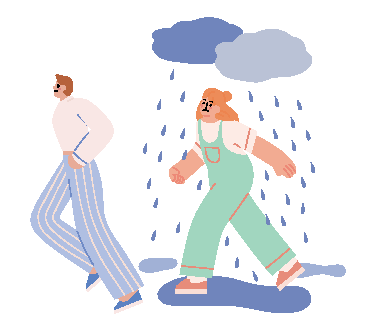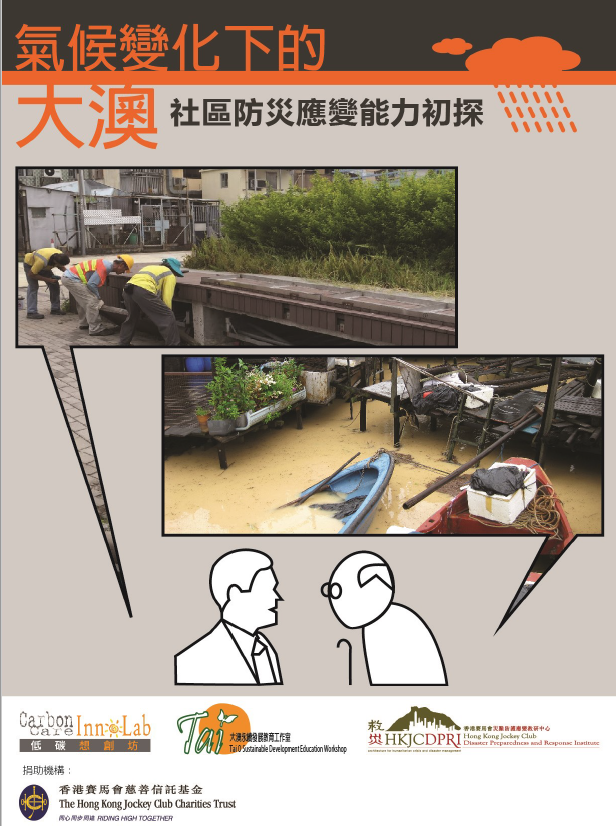You are here
Policy Brief – Policy Implications of Urban HEDRM: The Cases of Extreme Wind Events and Vector-Borne Diseases
Policy Brief – Policy Implications of Urban HEDRM: The Cases of Extreme Wind Events and Vector-Borne Diseases
Natural hazards have direct and indirect health impacts. Apart from physical and mental trauma, other health impacts include malnutrition, disrupted disease treatment plans, and risk of infectious diseases. Health impacts may be mitigated through health-related emergency and disaster risk management (Health-EDRM). They are systematic analysis and management of health risks through the reduction of hazards and vulnerability in all stages of the disaster management cycle, from prevention/mitigation, preparedness, response to recovery (Lo et al., 2017; World Health Organization [WHO], 2019).
Furthermore, the Health-EDRM approach aims to shift the disaster paradigm from the emphasis on reactive to proactive measures, and from a single-hazard focus to an all-hazards approach, among others.
As an urban city, Hong Kong may be exposed to particular health and climate risks such as altered rainfall pattern, urban heat island effect, and rising temperatures and humidity (Chan, Ho, Hung, Liu, & Lam, 2019) The city itself has specific vulnerabilities such as high population density, heavy reliance on infrastructure, suboptimal community resilience, and low disaster risk literacy (Chan, Yeung, & Lo, 2015).
The full version of this policy brief can be downloaded in this page. If you have any thoughts about this policy brief, you can enter our discussion platform to initiate or participate in the discussion. If you have not registered in our e-learning platform before, please click here to create a new account.







